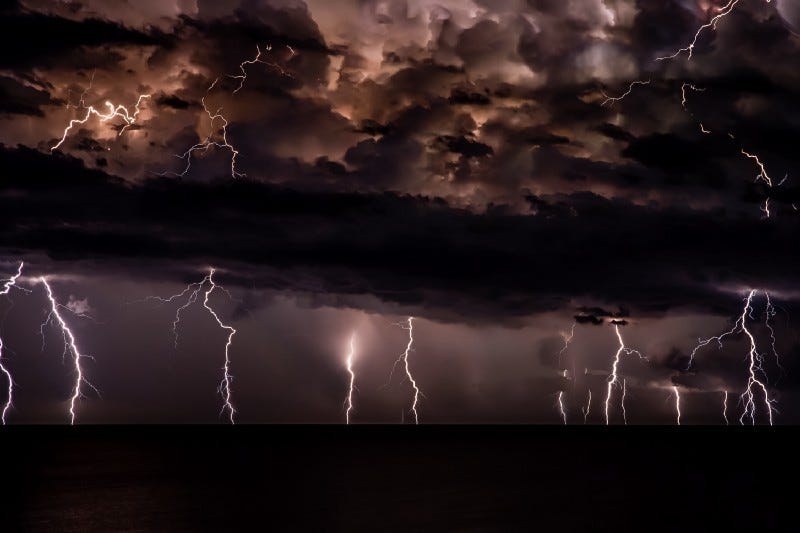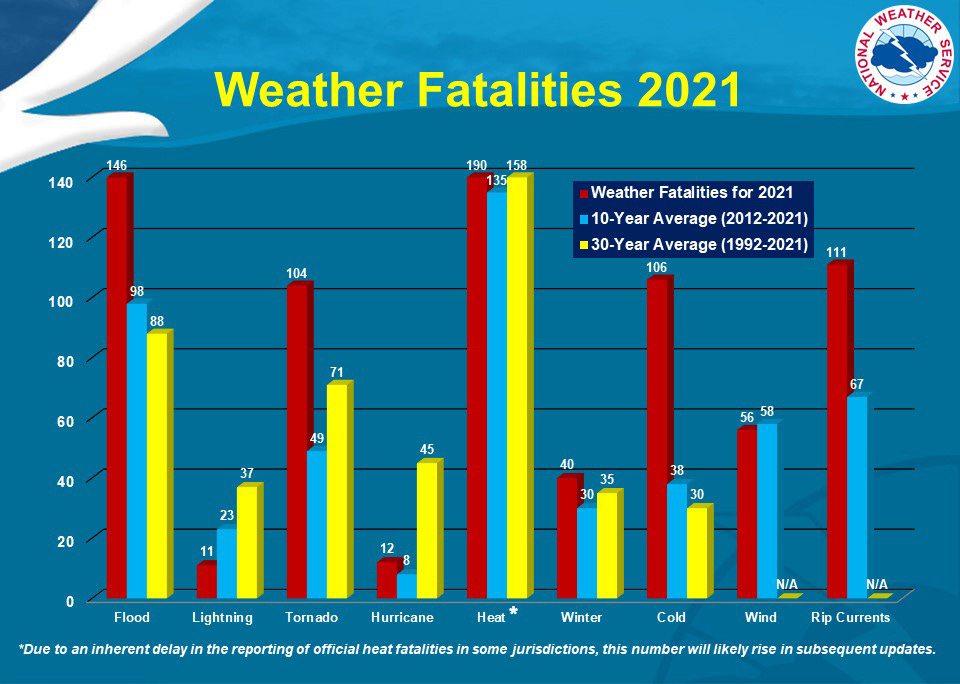How to Protect Yourself from Climate-driven Weather Events
A little forethought goes a long way

Climate change is showing itself to impact our world in two distinctly different ways—catastrophic weather events and catastrophic permanent change. Each impact requires its own kind of response, and the nature of the impact depends on your locality. For example, people living in Miami must deal with weather events like hurricanes and heat, but they also face permanent changes related to sea level rise. Folks in the American southwest have fire events, but they also have long-term persistent drought as a permanent feature of life going forward. In the upper Midwest, we have increased occurrences of tornadoes and heat, and the long-term impact of warmer temperatures that bring new species of illness never dealt with before.
Permanent climate changes require a long-term assessment and plan, whereas weather events require more of a resiliency plan. In this version of Intertwine, we’ll talk about resiliency.
Where the Danger Lies
This graph from the National Weather Service shows where the real danger of death lies from weather-related events.
There are two things to take from this graph. First, the red bars indicate fatalities from weather events in the US in 2021. Notice that several categories are way above their ten and thirty-year averages—floods, tornadoes, cold, and rip currents are all around 50% higher in 2021 than their averages. More data would be needed to make a conclusion, but it sure looks like weather event fatalities are up, and up by a lot, in 2021. Most likely, this can be ascribed to climate change.
Second, if you look at the ten and thirty-year averages, heat, flood, and tornadoes are the leading weather events causing death, while cold, wind, and rip currents appear to be growing in importance. Surprisingly, the weather service does not include fire in this chart, but the US Fire Administration reports that between 2008 and 2017, there were 3,190 civilian deaths due to wildfires. That would be an average of 319 per year, far outpacing the ten-year average of all other weather-related fatalities shown by NWS.
Here's what this says to me: We can live better and more confidently in this climate-changing world if we are prepared to handle and respond to weather events like heat, flood, tornadoes, and cold, as well as wildfires. Here are my ideas on how to do this.


